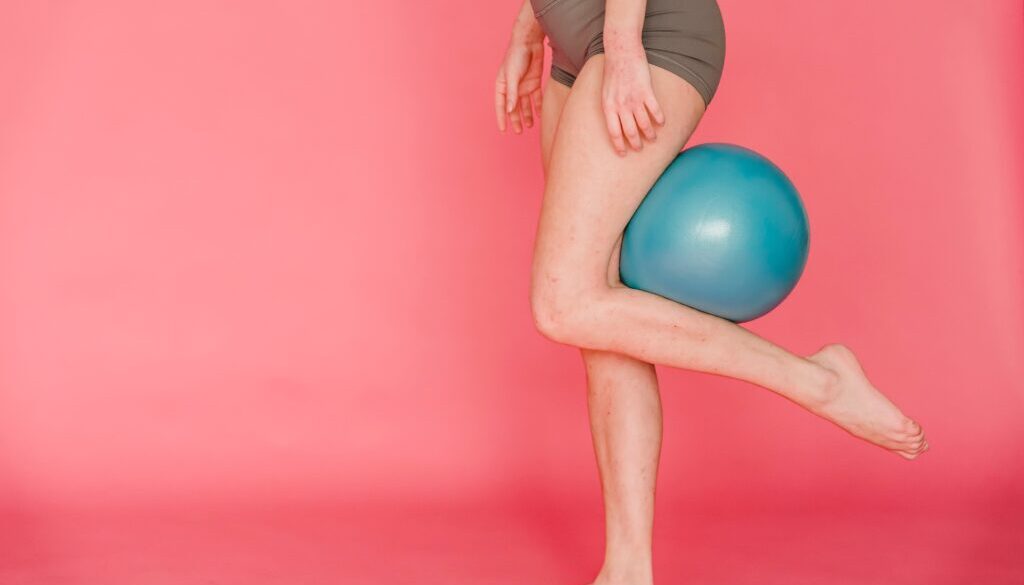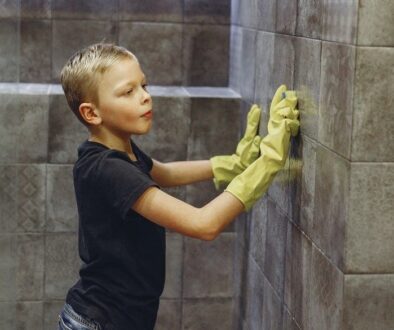Checks and Balances: Balance Training
By Aparna Mele, MD
Balance training is an important but often-neglected skill, one that impacts both longevity and quality of life, starting around age 40. Balance is defined as the ability to control one’s body in space, distributing weight evenly in a way that allows a person to remain upright. Balance is divided into two types. Dynamic balance is the ability to move outside the body’s base of support while maintaining posture control, while static balance is the ability to maintain the body’s center of mass within its base of support.
Balance training exercises strengthen core muscles and improve stability, making you lighter on your feet. It involves doing exercises that strengthen the muscles that help keep you upright, including your legs and core. Balance exercise is one of the four types of recommended exercise along with strength, aerobic and flexibility exercises to improve health and physical ability. In fact, balance training goes hand-in-hand with strength training. The stronger the muscles in your legs, glutes, feet and core, the better your balance. You can improve your balance by taking Tai Chi or yoga classes, but weight training, dancing, rock climbing or aerobics classes are also excellent ways to work on your balance skills.
Furthermore, balance training can help anyone at any age!
Proprioceptive training, which creates mindfulness about joint positioning, is used by athletes all the time to both rehabilitate and prevent injuries. By practicing balance exercises, athletes gain a sense of control and awareness of their joints and how they function when the body is in motion. Balance training also gives them more power and force as they learn to use their center of gravity more effectively and efficiently. A stronger, more connected core helps an athlete jump higher, throw farther, and run faster.
Balance training is critical for older adults to prevent injuries from falls and maintain independence. Exercise programs for seniors that focus on balance allow them to better manipulate their bodies and create stability for optimal ambulatory and movement functions.
For the rest of the population, these exercises improve neuromuscular coordination between your brain and your body, and teaches your body to use its core for stabilization. It helps improve workouts and everyday life. In fact, just moving around efficiently in life requires healthy postural alignment and good balance.
Include balance training in your everyday life and try to research high quality balance exercises you can do anywhere like tree pose, single leg deadlift, dead bug, Bosu squats, and balancing reverse lunges. Over time, you can improve your balance with these exercises by holding the position for a longer amount of time, adding movement to a pose, closing your eyes, and letting go of your chair or other support.



